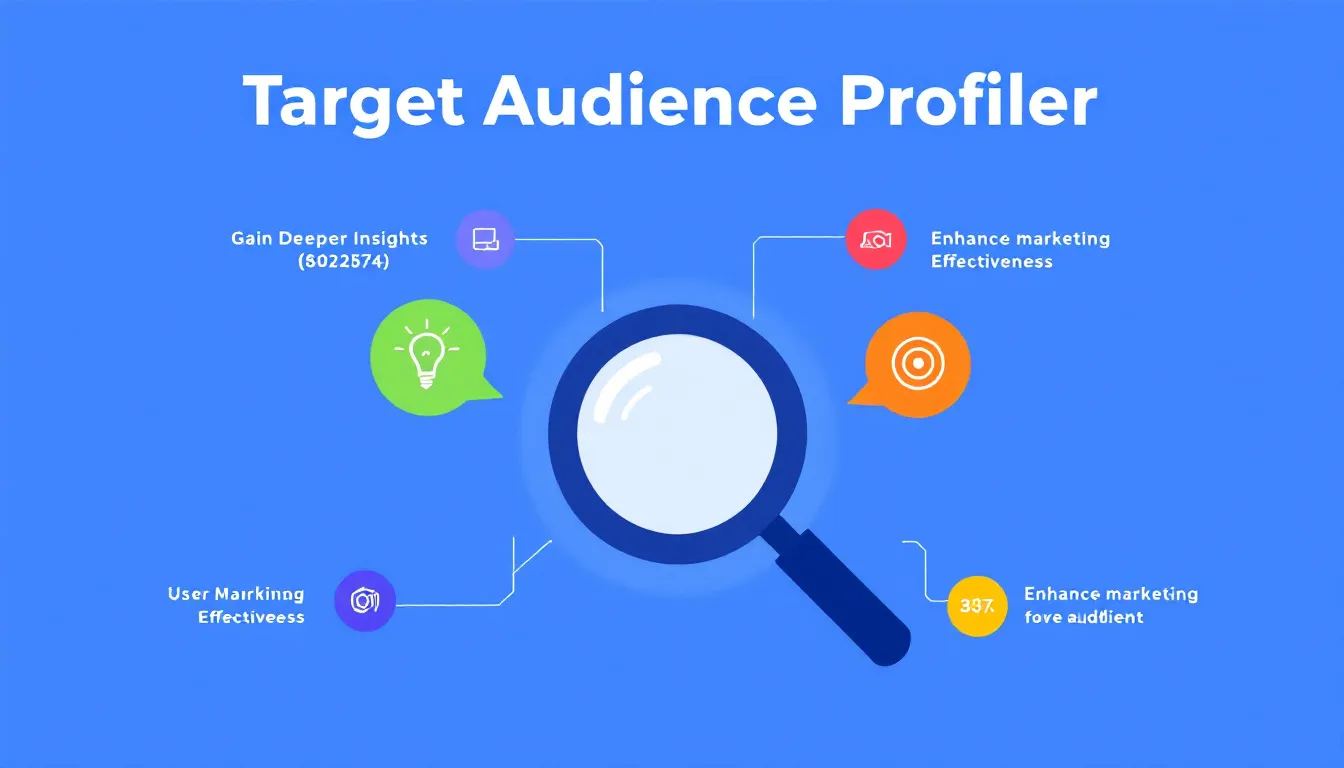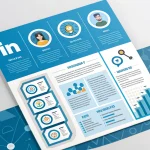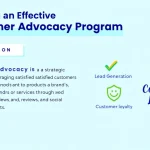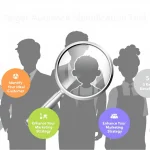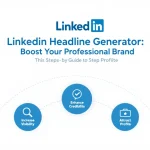Is this tool helpful?
How to Use the Target Audience Profiler Tool Effectively
Use this tool to clearly define your ideal customers and improve your marketing strategy. Follow these steps to maximize its effectiveness:
- Enter the Product Name: Type the name of your product in the “Product” field. For example, you could enter “Wireless Noise-Canceling Headphones” or “Organic Skincare Set”.
- List Product Features: Describe your product’s key features and benefits in the provided textarea. For instance, you might include “Bluetooth connectivity, 30-hour battery life, immersive sound quality” or “Natural ingredients, cruelty-free, hydrating formula”.
- Specify Demographic Factors (Optional): Add any demographic details relevant to your target audience. This could be “Age: 20-35, Gender: Female, Location: Coastal regions” or “Income: High, Education: College graduates, Occupation: Professionals”.
- Include Psychographic Factors (Optional): Add lifestyle or personality traits to better pinpoint your ideal customers. Examples include “Fitness enthusiasts, early adopters of technology, value-conscious shoppers” or “Eco-friendly, fashion-conscious, socially active”.
- Submit the Form: After completing the required fields and optional details, click the button to generate a detailed target audience profile tailored to your input.
The tool will process your inputs and provide an in-depth overview of your target audience, including demographics, psychographics, and actionable marketing insights. This helps you tailor your campaigns and product strategies more effectively.
Introducing the Target Audience Profiler Tool: Definition, Purpose, and Benefits
The Target Audience Profiler Tool helps you identify the specific group of consumers most likely to engage with and buy your product or service. It uses your detailed product information along with optional demographic and psychographic factors to create a comprehensive audience profile.
What Does the Tool Do?
- Analyzes product features to link them with customer needs and preferences
- Incorporates demographic details like age, gender, income, and location
- Considers psychographic traits such as values, interests, and lifestyles
- Generates actionable recommendations for marketing and product development
Why Define Your Target Audience?
Identifying your ideal customer group streamlines your marketing efforts, helping you create messages that resonate and reach the right people. It also guides product improvements that directly address customer pain points. Clear audience definition prevents wasted resources on broad, unfocused marketing.
Key Benefits of Using This Tool
- Optimized Marketing Spend: Focus your budget on the consumers most likely to convert.
- Better Product-Market Fit: Tailor features to meet specific audience demands.
- Improved Customer Engagement: Craft messages that connect with your target’s motivations.
- Competitive Positioning: Identify underserved niches to differentiate your brand.
- Data-Driven Decisions: Use profiles to guide pricing, distribution, and branding strategies.
Practical Uses of the Target Audience Profiler
This tool supports businesses in various industries by providing clear insights to define their marketing strategies and product positioning. Below are illustrative examples of how it serves different sectors:
1. Consumer Electronics: Smart Home Assistant
- Product: Smart Home Voice Assistant
- Features: Voice control, multi-device integration, personalized routines
- Demographic Factors: Adults 30-55, Homeowners, Urban areas
- Psychographic Factors: Tech-savvy, convenience seekers, family-oriented
This tool helps identify busy professionals and tech enthusiasts as the primary buyers. Marketing could focus on convenience and family safety through targeted digital ads and influencer reviews.
2. Health & Wellness: Plant-Based Protein Powder
- Product: Vegan Protein Supplement
- Features: Organic ingredients, allergen-free, high protein content
- Demographic Factors: Age 18-40, Fitness enthusiasts, Urban dwellers
- Psychographic Factors: Health-conscious, eco-friendly, active lifestyle
The tool pinpoints young adults focused on health and sustainability. Suggested marketing tactics include partnerships with fitness influencers and content highlighting product purity and environmental impact.
3. Financial Services: Personal Budgeting App
- Product: Mobile App for Budget Tracking
- Features: Expense categorization, goal setting, bill reminders
- Demographic Factors: Millennials and Gen Z, Middle-income earners
- Psychographic Factors: Budget-conscious, tech-friendly, goal-oriented
The profiler highlights young adults aiming to improve personal finance management. Effective marketing includes social media campaigns and educational content focused on financial literacy.
How This Tool Meets Your Business Needs
Simplify Complex Audience Insights
This tool reduces confusion by structuring the input of product information and customer traits and automates analysis to deliver a clear target audience profile. You’ll spend less time guessing and more time taking action.
Connect Product Features to Customer Needs
By mapping your product’s features to customer pain points and preferences, you gain insights on which consumer segments will value your product most and how to communicate benefits clearly.
Spot New Market Opportunities
The tool helps you uncover potential customer groups that may not be obvious at first glance, revealing niches for expansion or diversification.
Align Marketing with Business Strategy
Receive tailored recommendations to focus your messaging and marketing channels so that you engage the right customers in ways that support your overall business goals.
Important Disclaimer
The calculations, results, and content provided by our tools are not guaranteed to be accurate, complete, or reliable. Users are responsible for verifying and interpreting the results. Our content and tools may contain errors, biases, or inconsistencies. Do not enter personal data, sensitive information, or personally identifiable information in our web forms or tools. Such data entry violates our terms of service and may result in unauthorized disclosure to third parties. We reserve the right to save inputs and outputs from our tools for the purposes of error debugging, bias identification, and performance improvement. External companies providing AI models used in our tools may also save and process data in accordance with their own policies. By using our tools, you consent to this data collection and processing. We reserve the right to limit the usage of our tools based on current usability factors.
